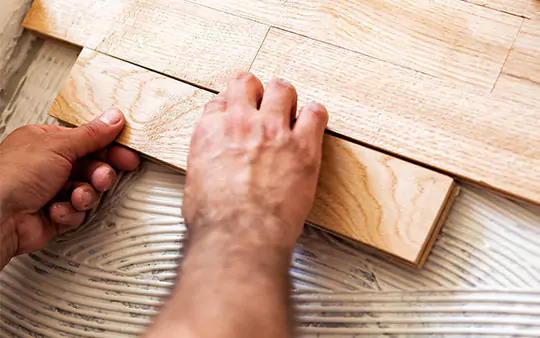Hardwood
Elevate your home with the timeless beauty of hardwood floors.
Elegant and Durable Hardwood Floors
Hardwood floors offer a timeless elegance and exceptional durability that enhances any home. From classic to contemporary, hardwood's versatility complements a wide range of interior styles. Available in a range of tones and colors, from light neutrals to medium hues and dark dramatic looks, you'll find a product for any space. Whether you're creating a sophisticated living room, a rustic kitchen, or a classic home office, hardwood offers warmth and beauty.
Discover the Select Floors difference. With expert guidance and a wide selection of premium hardwood flooring, we'll help you find the perfect match for your home.
We proudly serve Marietta, GA, and surrounding areas, including Roswell, Alpharetta, John's Creek, and Woodstock.
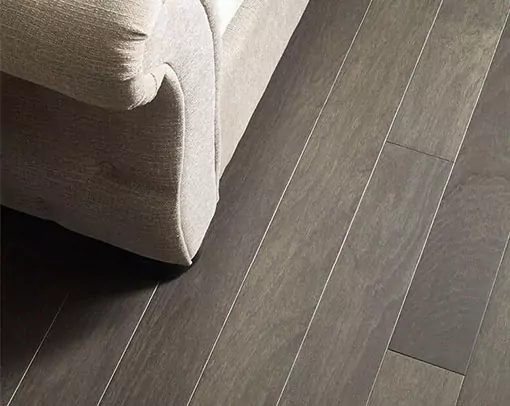
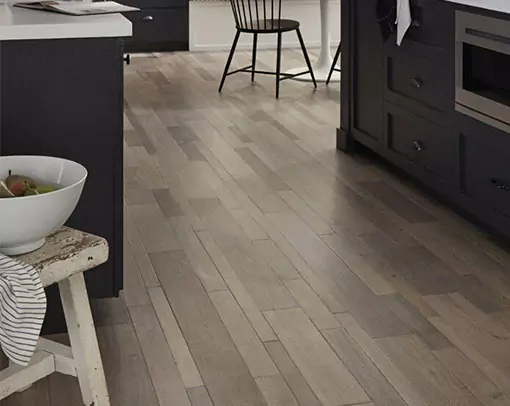
Choosing the Right Hardwood for Your Lifestyle
Selecting the perfect hardwood floor involves considering your lifestyle and home environment. Factors such as household size, pets, and high-traffic areas influence the best hardwood choice. Consider these factors:
- Durability: Opt for harder wood species like oak or maple for high-traffic areas.
- Water resistance: While not entirely waterproof, some engineered hardwoods offer water resistance for kitchens and busy households.
- Maintenance: Understand the care requirements for different hardwood finishes, such as matte, satin, or gloss.
- Wood species: Explore a variety of hardwood species, each offering unique characteristics. Popular choices include oak, maple, walnut, and hickory.
Our experts can help you select the ideal choice for your lifestyle and needs.
We carry the top name brands in hardwood


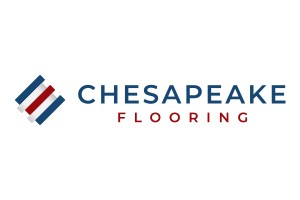
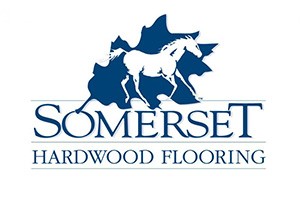
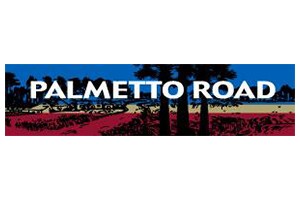
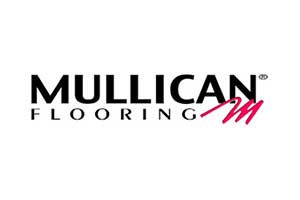
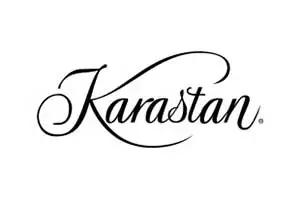
Hardwood Inspiration gallery
Find endless inspiration for your hardwood flooring project. Explore stunning design ideas and visualize your dream space.


